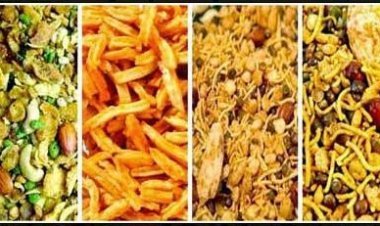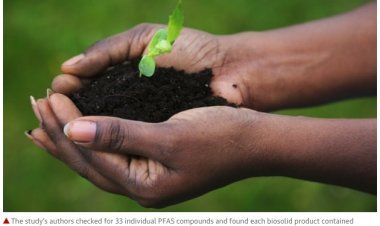Frozen Food Products Sales and Marketing Agency in Mumbai
Freezing is an effective form of food preservation because the pathogens that cause food spoilage are killed or do not grow very rapidly at reduced temperatures. The process is less effective in food preservation than are thermal techniques, such as boiling, because pathogens are more likely to be able to survive cold temperatures rather than hot temperatures.One of the problems surrounding the use of freezing as a method of food preservation is the danger that pathogens deactivated (but not killed) by the process will once again become active when the frozen food thaws.

Frozen food preserves it from the time it is prepared to the time it is eaten. Since early times, farmers, fishermen, and trappers have preserved grains and produce in unheated buildings during the winter season. Freezing food slows decomposition by turning residual moisture into ice, inhibiting the growth of most bacterial species.
Freezing is an effective form of food preservation because the pathogens that cause food spoilage are killed or do not grow very rapidly at reduced temperatures. The process is less effective in food preservation than are thermal techniques, such as boiling, because pathogens are more likely to be able to survive cold temperatures rather than hot temperatures.One of the problems surrounding the use of freezing as a method of food preservation is the danger that pathogens deactivated (but not killed) by the process will once again become active when the frozen food thaws.
Frozen Food Product sales agency in Mumbai
Usually, there are two processes: mechanical and cryogenic or flash freezing.The freezing kinetics is important to preserve the food quality and texture. Quicker freezing generates smaller ice crystals and maintains cellular structure.Quicker freezing generates smaller ice crystals and maintains cellular structure. Cryogenic freezing is the quickest freezing technology available due to the ultra low liquid nitrogen temperature −196 °C (−320 °F).
Frozen Food Products Sales and Marketing Agency in Pune
These days there are so many agencies available. Preserving food in domestic kitchens during modern times is achieved using household freezers. Accepted advice to householders was to freeze food on the day of purchase. An initiative by a supermarket group in 2012 (backed by the UK’s Waste & Resources Action Programme) promotes the freezing of food “as soon as possible up to the product’s ‘use by’ date”. The Food Standards Agency was reported as supporting the change, provided the food had been stored correctly up to that time.
The speed of freezing has a direct impact on the size and the number of ice crystals formed within a food product's cells and extracellular space. Slow freezing leads to fewer but larger ice crystals while fast freezing leads to smaller but more numerous ice crystals. This difference in ice crystal size can affect the degree of residual enzymatic activity during frozen storage via the process of freeze concentration, which occurs when enzymes and solutes present in a fluid medium are concentrated between ice crystal formations.
Increased levels of freeze concentration, mediated by the formation of large ice crystals, can promote enzymatic browning. Large ice crystals can also puncture the walls of the cells of the food product which will cause a degradation of the texture of the product as well as the loss of its natural juices during thawing. That is why there will be a qualitative difference observed between food products frozen by ventilated mechanical freezing, non-ventilated mechanical freezing or cryogenic freezing with liquid nitrogen.
To be used, many cooked foods that have been previously frozen require defrosting prior to consumption. Preferably, some frozen meats should be defrosted prior to cooking to achieve the best outcome: cooked through evenly and of good texture.
The defrost system in freezers helps the equipment to perform properly, without thick layers of ice developing, thus preventing the evaporator coil from absorbing heat and cooling the cabinet. Ideally, most frozen foods should be defrosted in a refrigerator to avoid significant growth of pathogens. However, this can require considerable time. So, try some latest product in the market and let me know which one is your favorite.


 food manic
food manic 



















